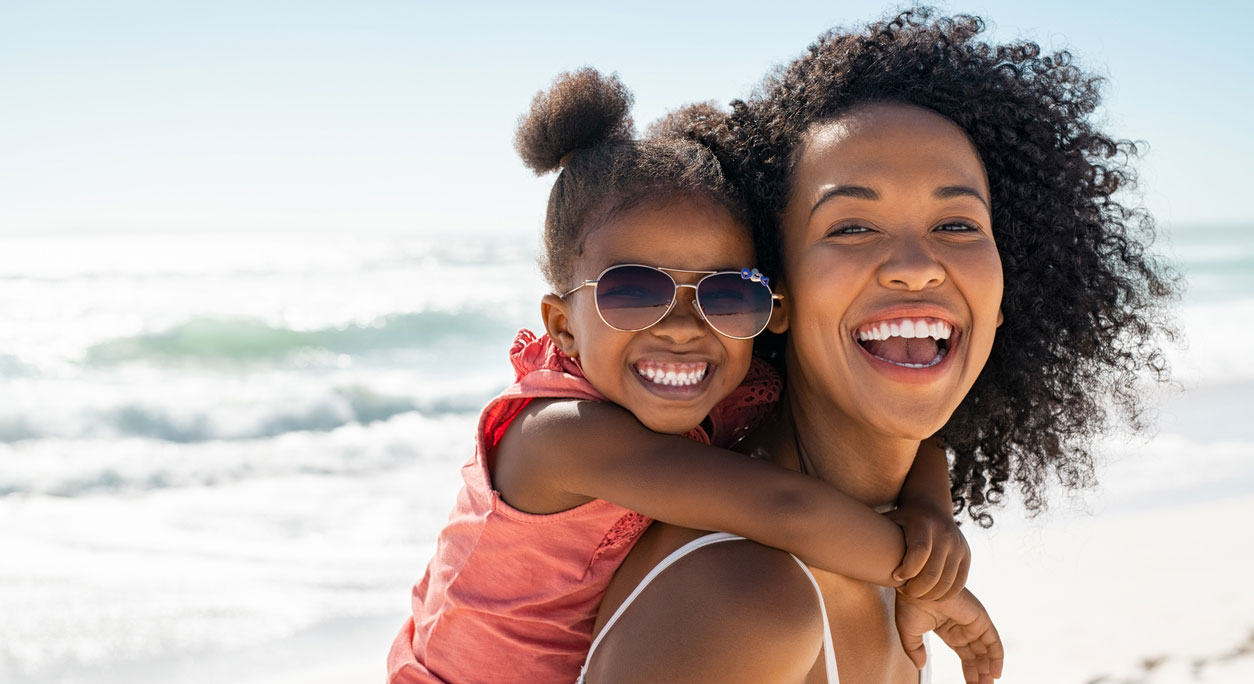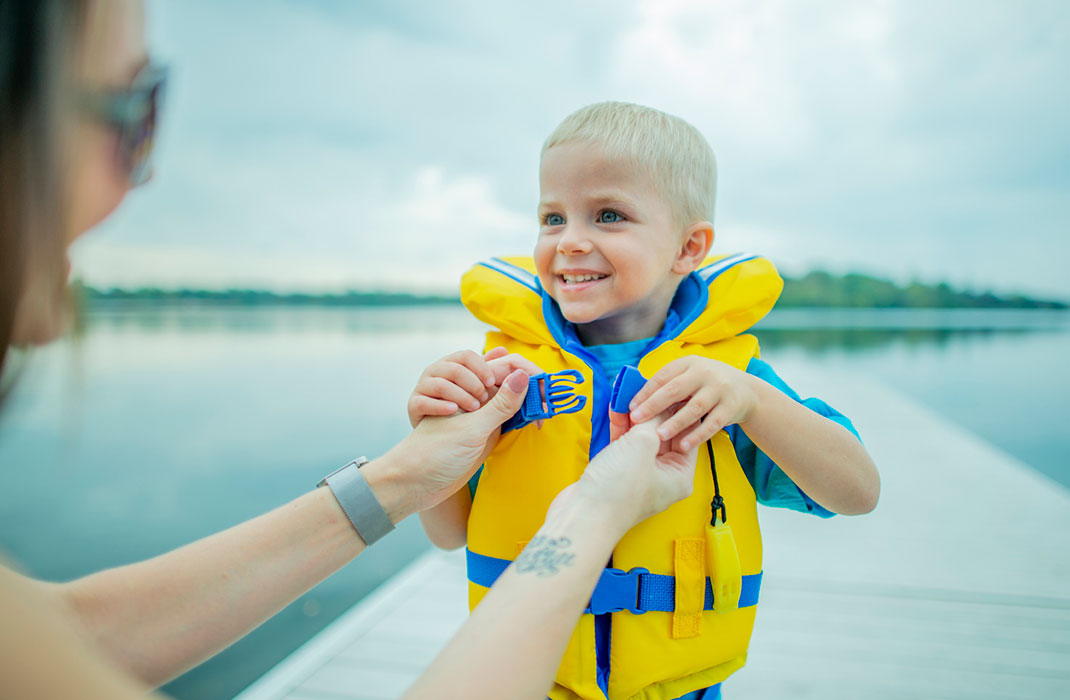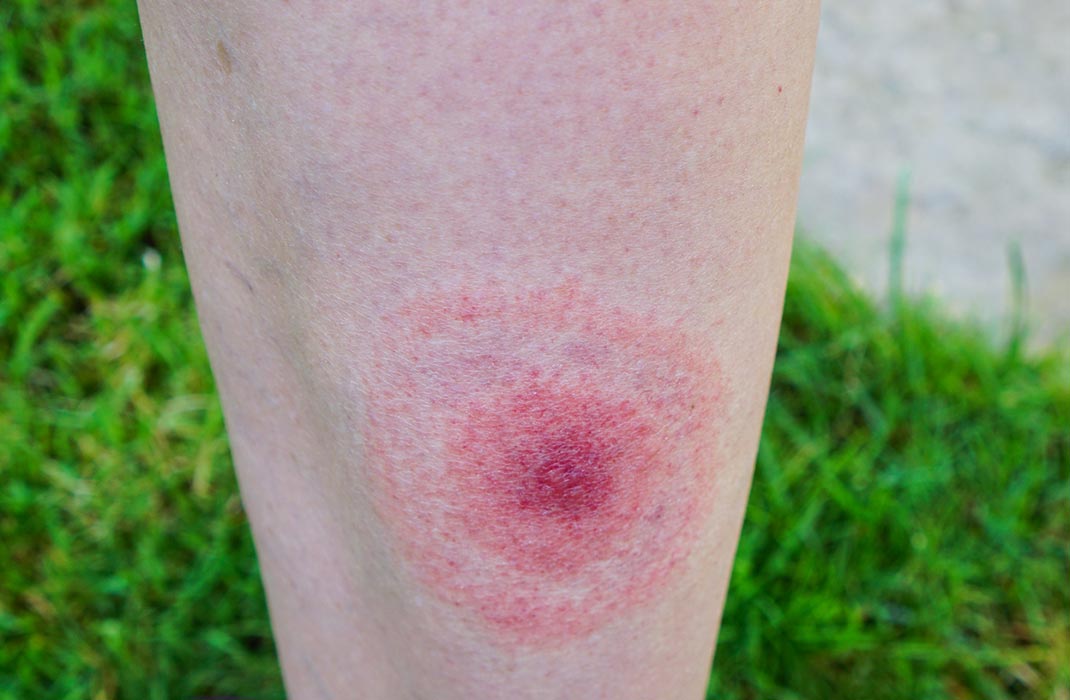-
- Find Care
-
- Visitor Information
- Find a Location
- Shuttles
- Visitor Policies
-
-
- Our Virtual Care Options
- Virtual Urgent Care
- Virtual Visits for Primary & Specialty Care
- Online Second Opinions
- Participate in Research
-
- Contact us
-
- For Innovators
- Commercialization Guide for Innovators
-
-
- Research News
- Alzheimer's Disease
- Artificial Intelligence
-
- Overview
-
- Overview
- Getting Started
- New to Mass General Brigham
- International Patient Services
- What Is Patient Gateway?
- Planning Your Visit
- Find a Doctor (opens link in new tab)
- Appointments
- Patient Resources
- Health & Wellness
- Flu, COVID-19, & RSV
- Billing & Insurance
- Financial Assistance
- Medicare and MassHealth ACOs
- Participate in Research
- Educational Resources
- Visitor Information
- Find a Location
- Shuttles
- Visitor Policies
- Find Care
-
- Overview
- Our Virtual Care Options
- Virtual Urgent Care
- Virtual Visits for Primary & Specialty Care
- Online Second Opinions
-
- Overview
- Participate in Research
-
- Overview
- About Innovation
- About
- Team
- News
- For Industry
- Venture Capital and Investments
- World Medical Innovation Forum (opens link in new tab)
- Featured Licensing Opportunities
- For Innovators
- Commercialization Guide for Innovators
- Contact us
-
- Overview
- Information for Researchers
- Compliance Office
- Research Cores
- Clinical Trials
- Advisory Services
- Featured Research
- Two Centuries of Breakthroughs
- Advances in Motion (opens link in new tab)
- Brigham on a Mission (opens link in new tab)
- Gene and Cell Therapy Institute
- Research News
- Alzheimer's Disease
- Artificial Intelligence
-
- Overview
-
- Overview
- Residency & fellowship programs
- Brigham and Women's Hospital
- Massachusetts General Hospital
- Mass Eye and Ear
- Newton-Wellesley Hospital
- Salem Hospital
- Integrated Mass General Brigham Programs
- Centers of Expertise
- Global & Community Health
- Health Policy & Management
- Healthcare Quality & Patient Safey
- Medical Education
- For trainees
- Prospective trainees
- Incoming trainees
- Current trainees
- Continuing Professional Development
Summer Health and Safety Tips

Summer is a time for kids to splash, play, and experience nature. But parents know it’s not all fun and games. From sunburns to bug bites, summer may bring some challenges.
With the right precautions in place, you can keep your kids safe and healthy this summer. Margaret Threadgill, MD, and Alexy Arauz Boudreau, MD, MPH, Mass General Brigham for Children pediatricians, share tips to help you enjoy the sun and fun, with less worry.
“Things like sun safety are important during summer months,” says Dr. Threadgill . “But parents also need to stay aware of serious risks, such as dehydration, drowning, and Lyme disease.”
Pool safety and drowning prevention
Heat safety and hydration
On hot days, kids can get so caught up in playing they don’t realize they’re overheating.
If it’s 85 degrees Fahrenheit or hotter, or if it’s warm with very high humidity, Dr. Threadgill advises bringing kids inside every 30 minutes. “Give them breaks to cool off and have them drink water each time. Also encourage them to drink lots of water while they are playing.”
If you’re taking a road trip, make sure kids are protected from the sun in the car. Direct sunlight through car windows can cause overheating and even sunburn. Use window shades in the car if possible. “And never leave a kid unattended in a parked car,” says Dr. Threadgill. “Ten minutes in a car on an 80-degree day is long enough to cause heatstroke. On hotter days, heatstroke can happen even faster.”
Encourage kids to drink water throughout the day, even before they are thirsty, as thirst is the body’s reminder that one is already getting behind on liquids.
Bug bite prevention and treatment
Time outside often comes with unwanted buzzing pests. “The peak times for mosquitoes are typically at dawn and dusk,” says Dr. Threadgill. “Avoid going outdoors at those times, if possible.”
If you’re out among the mosquitoes, she recommends using insect repellent, clothes coated in permethrin, or both. Permethrin is an insect repellent that you can spray on clothing. You can also buy clothes that are pretreated with it.
Here are some tips for using insect repellent on kids:
Use a repellent with no more than 30% DEET. “It’s safe to use on children as young as 2 months old,” says Dr. Threadgill.
Use a pump spray instead of an aerosol. Using a pump helps avoid accidentally getting bug spray in your kids’ eyes, mouths, and noses. Pump it onto your hands and spread it on your child’s skin.
Avoid putting repellent on very young children’s hands. They may put their hands in their mouths.
Children can have strong reactions to mosquito bites. The bites may be very red, swollen, and itchy. “The bites may swell to over an inch in diameter or larger,” says Dr. Threadgill. “Some kids can even run a low fever.”
In many cases, you can care for bug and insect bites at home. For itchy bites, she recommends hydrocortisone cream or Benadryl® cream. If the bites are very swollen, a child dose of oral Benadryl can help.
Try to keep your kids from scratching too much. You can put Band-Aids® over the bites, if needed. If they do scratch, check for signs of infection such as painful, red sores that may have pus. If you have any concern for infection, call your primary care doctor.
Lyme disease prevention

Contributor


